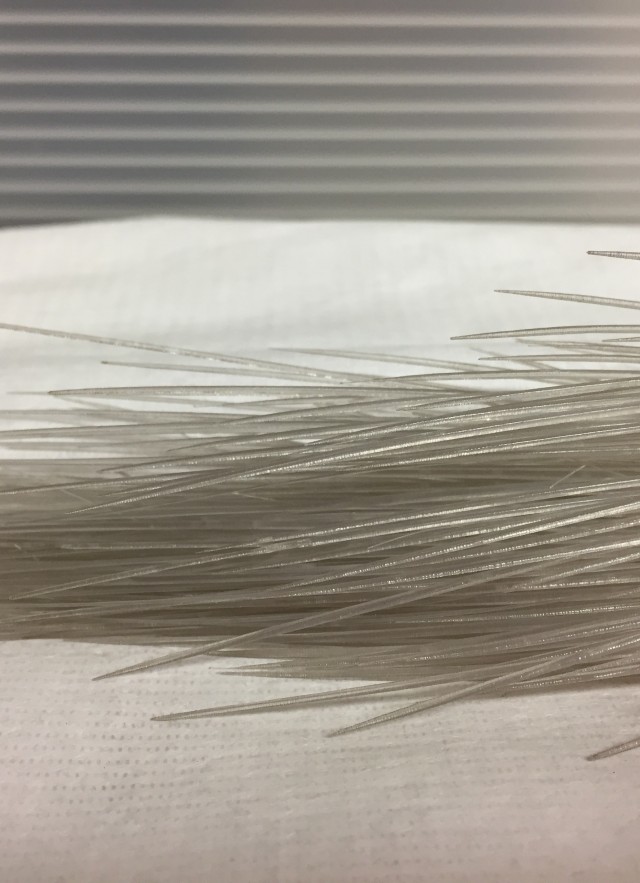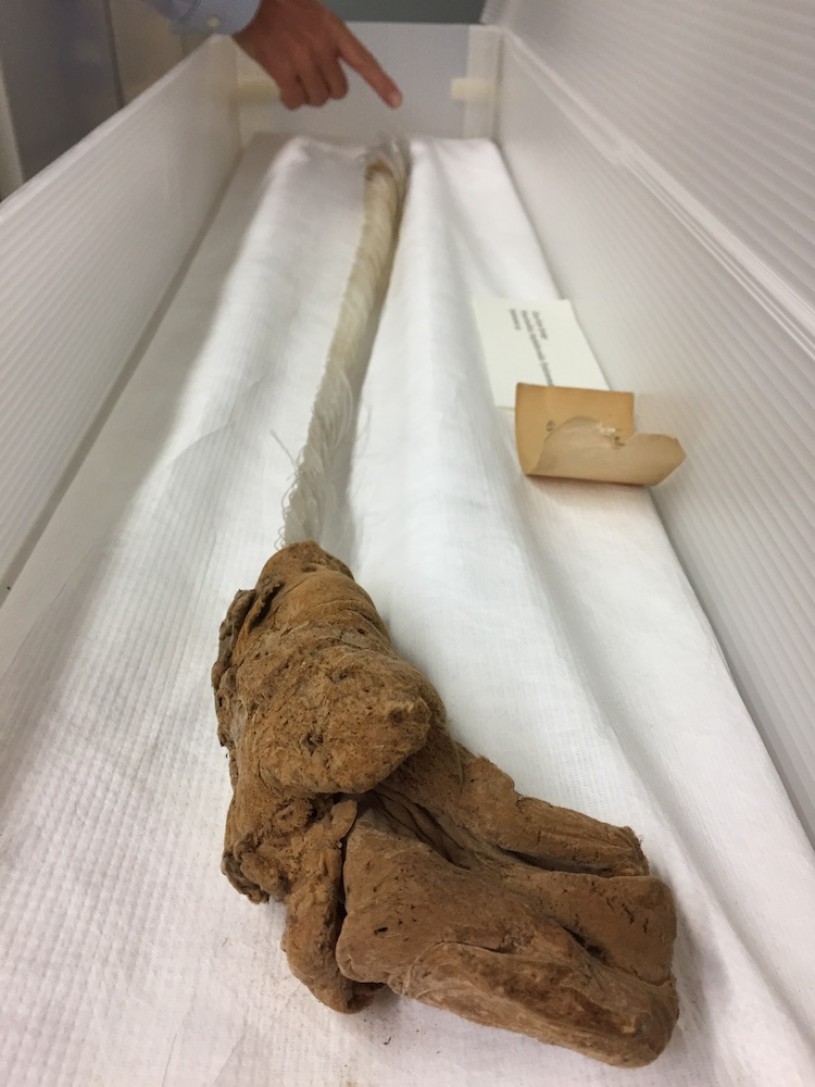The museum will be closed Thursday, January 1 for New Year's Day. We will reopen Friday, January 2.
Woah, Check Out This Sponge
The glass rope sponge is a true marine oddity.

While it looks like a blown glass art piece, it is actually an animal. It’s the glass rope sponge.
Sponges are interesting animals. Almost all of them live in the ocean, where they sit on the seafloor, pulling sea water through tube-shaped bodies and picking out food particles. They don’t even technically have mouths. They’re one of the oldest types of animals on the planet, appearing rather early in Earth’s history, and today there are about 5,000 different species.
And while we’re talking about sponges, it’s a good time to remember that kitchen sponges aren’t made from sea creatures, as most are made in factories out of plastic-like materials. And bath loofahs are actually made from fruits. You can buy real sponges for fancy bathing purposes, but do you really want to scrub yourself with a dead animal? Think about it.
Anyway, back to the glass rope sponge. This allegedly simple animal has managed to make long spindles of silica, almost like glass hair. Most skeletons in the ocean are made from calcium carbonate — think seashells. This group of sponges, though, uses silicon dioxide — think opal. It uses these spindles to anchor itself into the muck of the seafloor, and the sponge’s body floats above, filtering food from passing water. What a clever sponge.
